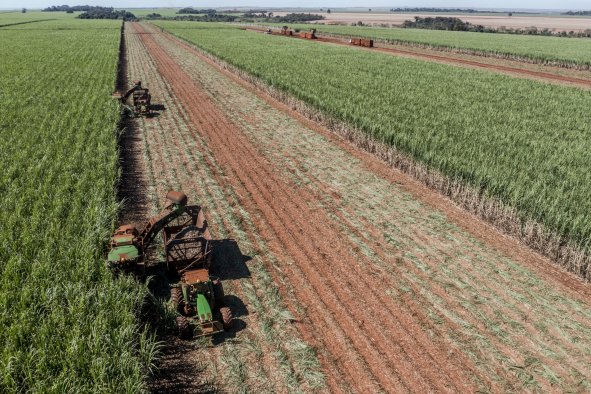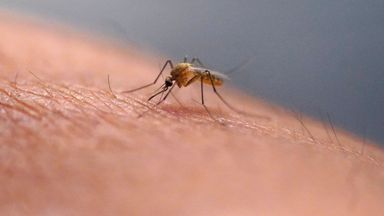The Mayan people may have preferred to sacrifice boys, a new study has discovered.
The findings were made in Mexico's Yucatan peninsula, which used to be home to the ancient city of Chichén Itzá. The city is perhaps best known for the evidence of ritual killing that took place between 800 to 1000 AD. However the practices have always been poorly understood.
The Maya civilization spanned across present-day Mexico, Guatemala, Belize, Honduras, and El Salvador, between approximately 2000 BCE and 1500 CE. They were known for their sophisticated knowledge of astronomy, mathematics, and calendar systems. as well as their complex architectural structures.
Ritual killings were a significant aspect of the Maya civilization, intertwined with religious and cosmological beliefs. The practices were performed to appease the gods, ensure agricultural fertility, and maintain cosmic order. Researchers believe that human sacrifices often involved high-ranking captives or volunteers, and were conducted during important ceremonies.
But an international research team, including experts from the Max Planck Institutes of Evolutionary Anthropology and Geoanthropology, Harvard University and Mexican institutions, have now uncovered more evidence. They conducted a genetic analysis of 64 children's remains found in a subterranean chamber near the Sacred Cenote. This chamber, initially a water cistern or chultún, was repurposed for ritual use for over 500 years and contained remains dating between 800 and 1500 CE.
They found that all the children were male—this contradicts researchers' previous assumptions that females were favored for ritual sacrifices.
The researchers also discovered that many of the children were closely related, with some identified as identical twins. These findings suggest that related male children were specifically chosen for ritual sacrifices.
"The similar ages and diets of the male children, their close genetic relatedness, and the fact that they were interred in the same place for more than 200 years point to the chultún as a post-sacrificial burial site," Oana Del Castillo-Chávez, a researcher at the Centro INAH Yucatán said in a statement.
The study draws connections to the Maya spiritual text, the Popol Vuh, which recounts the tales of the Hero Twins who undergo cycles of sacrifice and resurrection. These narratives are deeply embedded in Maya culture and art, suggesting that the sacrifices at Chichén Itzá may have mirrored these ancient stories.
"Early 20th-century accounts falsely popularized lurid tales of young women and girls being sacrificed at the site," Christina Warinner of Harvard University said in a statement. "This study turns that story on its head and reveals the deep connections between ritual sacrifice and the cycles of human death and rebirth described in sacred Maya texts."
The detailed genetic data also provided insights into the impact of colonial-era epidemics on the Maya population. Researchers also identified genetic markers indicating enhanced resistance to Salmonella, linked to a cocoliztli epidemic in the 16th century.
"The present-day Maya carry the genetic scars of these colonial-era epidemics," lead author Rodrigo Barquera said in a statement. "Multiple lines of evidence point to specific genetic changes in the immune genes of present-day Mexicans of Indigenous and mixed-ancestry descent that are linked to enhanced resistance to Salmonella enterica infection."
"The new information gained from ancient DNA has not only allowed us to dispel outdated hypotheses and assumptions and to gain new insights into the biological consequences of past events, it has given us a glimpse into the cultural lives of the ancient Maya," Johannes Krause, senior author and director of the Department of Archaeogenetics at the Max Planck Institutes for Evolutionary Anthropology said in a statement.
Do you have a tip on a science story that Newsweek should be covering? Do you have a question about the Maya? Let us know via science@newsweek.com.
Disclaimer: The copyright of this article belongs to the original author. Reposting this article is solely for the purpose of information dissemination and does not constitute any investment advice. If there is any infringement, please contact us immediately. We will make corrections or deletions as necessary. Thank you.



